The State visit of Bangladesh Prime Minister Sheikh Hasina to India in September 2022 is an opportunity to reflect upon one of India’s most important relationships in the region.
This was Prime Minister Hasina’s fourth official bilateral visit to India since she became Prime Minister in 2008. Her visit provided yet another occasion for her and Prime Minister Narendra Modi to review the state of relations and give directions for their future growth. There is little doubt that contrary to doubts in Bangladeshi minds about the commitment of the government under Prime Minister Modi to build relations with Bangladesh, the relationship has scaled new heights since 2014.
Personalities do matter; certainly, in our neighbourhood, and more so in Bangladesh. The life and times of Sheikh Hasina are laden with history, the kind which few public personalities have witnessed. Her personal life and dalliance with death are intertwined with the story of Bangladesh itself. As during the time of her father, Sheikh Hasina too is synonymous with the Party she leads. Having been politically and physically exiled from Bangladesh soon after leading the country to its liberation from Pakistan, the Awami League under Sheikh Hasina returned to power in 1996. This was twenty-one years after the assassination of Sheikh Mujib in 1975. A lot of water had flown down the Padma by then. Bangladesh had changed. In the event, the odds were heavily stacked against the first Awami League government since 1975.
The last thirteen years of her Prime Ministership have been used by Sheikh Hasina to correct historical wrongs, and return the country back to its people. Her sheer boldness and faith in the idea of Bangladesh is breathtaking. It would have been impossible to imagine that the daughter of Bangabandhu Sheikh Mujibur Rahman would be destined to preside over the golden jubilee celebrations of Bangladesh’s birth. Her policy towards India has been pursued within this larger framework of restoring what can be summarized as the “Spirit of 1971”. Some of her actions within and outside the country have even surprised Indian policy makers for their audacity. She has been able to bridge the trust gap with her Armed Forces and with those Gulf kingdoms who till some years ago regarded her and her Party as anti-Islamic.
The India-Bangladesh relationship has flourished since 2008. It has rested on a security and economic compact arrived at the political level. Hasina’s Bangladesh has taken concrete steps to dismantle the infrastructure that had been built up to hit and bleed India in the North East. It has taken on the terrorism-radical-extremist-revisionist mafia within Bangladesh which was nurtured assiduously by the Pakistani establishment with the connivance of earlier Bangladeshi governments.
India on the other hand has stretched every sinew in its power to respond to Bangladesh’s demands on the economic, trade, development and connectivity fronts. Bangladesh has become the largest recipient of India’s soft credit lines, of open and non-reciprocal access to the second largest country in the world, of the largest visa operations by India anywhere in the world, and of supply of energy and essential commodities. Robust supply and value chains have been built, such as in the readymade garments sector. The land boundary was settled, for which the Indian Constitution was amended, and enclaves and populations were exchanged. India accepted the UN verdict on the maritime boundary, going against the grain of its traditional position of settling issues bilaterally. Diplomatically India has given full support to Bangladesh in global forums.
One area of cooperation that stands out for its remarkable progress is connectivity. More in this area has been done in the last thirteen years than in the preceding forty. Many initiatives are aimed at reversing the ruptures created between East Pakistan and India by the military rulers in West Pakistan. While what is left of Pakistan in the West is still stuck in sterile debate and historical animosity with India, the exponential growth of connectivity with India on the East stands out for its scale, speed and innovation. By restoring the pre-1971 links, Bangladesh has broken free from the shackles of its erstwhile rulers.
The establishment of links is manifested in both greenfield projects and upgradations. The list is long but covers sectors such asroads, railways, inland waterways, airlinks, coastal shipping, power lines, energy pipelines, border infrastructure, border trade, value chains, and cultural and people to people exchanges, and transit rights mutually granted to each other.
There are also unresolved issues and challenges faced by both sides. These arise from geographical features, the legacy of the partition, play of domestic politics and role of third countries. India looms large in the Bangladeshi mind, and Bangladesh looms large in the psyche of West Bengal and the North East. There are problems that have defied solution and resolution to the satisfaction of both sides. Imperfect and stop gap measures have therefore been resorted to. The management and sharing of common river waters, management of the border, illegal migration, welfare of minorities, the role of certain elements and sections of society are some of these. These are issues that can either lie dormant or flare up, and so require a close watch to be kept on them.
The sharing arrangement for the Kushiyara river announced during Prime Minister Hasina’s visit and meeting of the Joint Rivers Commission a few days before that after a gap of many years reflect India’s positive intent. Bangladeshi expectations on a sharing agreement for the Teesta remain belied, but the reasons for the absence of such an agreement are known to Bangladesh. Currently, Bangladesh is burdened with ten lakh Rohingya refugees from Myanmar. It has high expectations from India to help find a solution, but the problem is intractable.
There are also areas where further progress is needed. These include better understanding and closer ties between the armed forces and defence establishments, cooperation in the maritime domain and the battle against climate change. The two countries must also maintain the momentum of cooperation in the field of security and counter-terrorism, and the fight against radicalization and extremism. This is of mutual benefit, and not only of concern to India, as some in Bangladesh suggest. Taking each other’s security concerns into account also means a regular dialogue on the role of inimical third countries whose objective is to disrupt the bilateral relationship and sow the seeds of distrust.
While celebrating current achievements in our relations, it is easy to forget the extreme difficulties that the relations have gone through in the past. Therefore, the attempt should be to use this period to make the relationship stable, sustainable and irreversible. There are different voices and opinions in Bangladesh. There is a new generation in both countries. They should be coopted in building a partnership of the future.
Data shows that Bangladesh’s period of rapid growth has coincided with its opening to India. This is a fundamental lesson for both sides. As a corollary, India has also taken steps to assist Bangladesh when its economy is under stress, such as at the present time of the fallout of the Ukraine war on fuel and food availability and prices and depletion of its foreign exchange reserves. In the medium term, as India grows it will become an even greater source of stability and prosperity for its neighbours. Bangladesh could potentially be a major beneficiary of this.
Bangladesh at fifty has defied the doomsayers about its prospects as an independent nation. The invitation to Bangladesh to attend the G20 Summit in Delhi in 2023 speaks of the success of Bangladesh as well as of the state of its relations with India. As both countries head towards their respective general elections it is all the more necessary that they maintain vigil on the relationship, safeguard the gains and build upon the momentum of the past years.
(The paper is the author’s individual scholastic articulation. The author certifies that the article/paper is original in content, unpublished and it has not been submitted for publication/web upload elsewhere, and that the facts and figures quoted are duly referenced, as needed, and are believed to be correct). (The paper does not necessarily represent the organisational stance... More >>
Image Source: https://images.hindustantimes.com/img/2022/09/06/550x309/ANI-20220906075-0_1662464487280_1662464487280_1662464499664_1662464499664.jpg

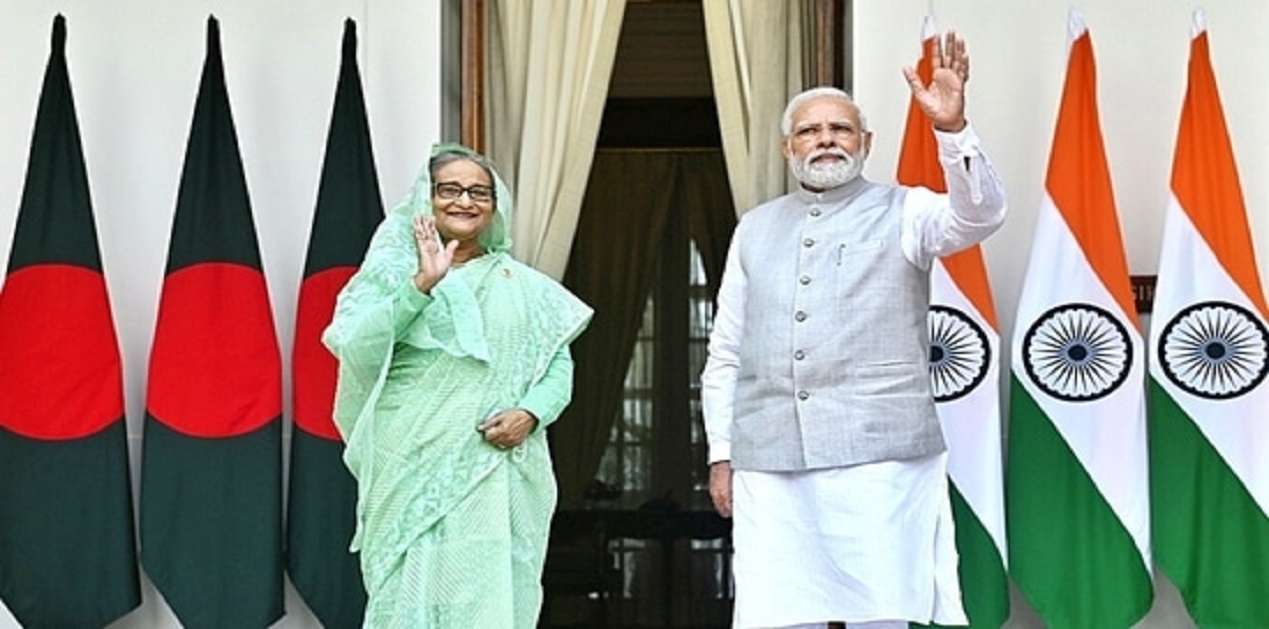
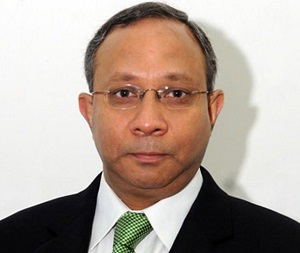
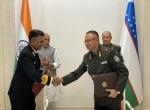

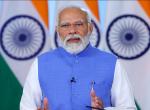
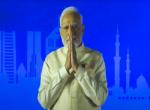

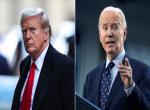


Post new comment